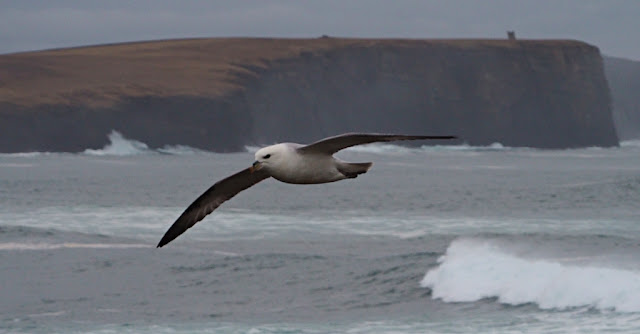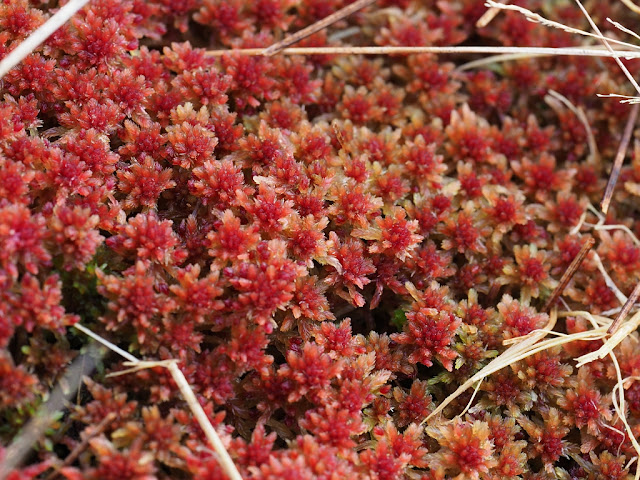There was a dead Otter some days ago on the main road, not far from the house. Hit by some vehicle at night, Louise found it when she cycled down to muck out that morning. I'll not post any pictures, it was not a pleasant sight.
Today, we went to the sea for the first time in a while, the weather has been grim and I've been decorating; bathroom done, started on hallway. The whole house has got a bit grotty, it pretty much all needs doing. Anyway, not expecting much, and there were not that many birds, there was an Otter where there sometimes, very occasionally, is one. I managed a few pix, a couple of which were ok I thought.
 |
Lutra lutra.
|
It's always a bit of a treat when you see one. It's not that they are especially uncommon here, but they are not that easy to see.
I've continued to collect and then try to identify some bryophytes, it's not that easy. Fascinating to see the life that is hidden in amongst the microfoliage. Looking at some vascular plants as well. I thought I'd done well to get this pond plant to Water Star-wort, the trouble is there's a few of them and they're tricky to ID. Opinion is that this may be either Callitriche hermaphroditica (Autumnal) or C. brutia ssp hamulata (thanks JC). I'd identified it as C. hermaphroditica provisionally, not wholly appreciating the complexities of this genus.
 |
Studio pic.
|
 |
| Underwater. |
 |
From above the water.
|
Equally frustrating was the Collembola that I found with it is also a tricky ID requiring a compound microscope approach. Isotoma, either viridis or aglicana, most likely.
 |
Isotoma sp.
|
Anyway, a trip to the moor did get me a couple of species. A liverwort and a moss.
 |
Jungermannia gracillima, Crenulated Flapwort.
|
 |
Polytrichum commune var. commune, Common Haircap.
|
A species of moss I've seen many times, but never identified.
Bolstered by these successes I had a bit of scurry about in the burn by the bridge at the hawthorn hedge. I came up with a liverwort that lives up to its English name of Greasewort.
 |
Aneuris pinguis, Greasewort (thanks BH).
|
And the last bryophyte of the week, still unchecked but I think I'm right. I got into the base of the hawthorn hedge and found this which I think is Hypnum cupressiforme.
 |
Hypnum cupressiforme, Cypress-leaved Plait-moss.
|
The first Oystercatchers have turned up on The Shunan, so spring must be here! Also Meadow Pipit and Linnet added to the home list this week. A wee drive past Yesnaby found three Iceland Gulls in the popular fields, a 2cy, a 3cy and an adult. And there was a nice flock of 80 Twite near Loch of Skaill.
There was a weak aurora on Thursday night, we had cloud when it was likely at it's strongest and there was little to see by eye but the camera picked up a feint glow.
I've decided to resurrect the "Aground" project. I've been eyeing up these two for a while. Grimsay Isle, the larger one and Minke.
 |
| Aground. |
And a few landscape shots from the week.



























































